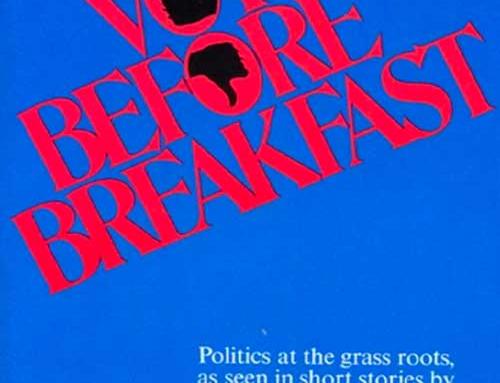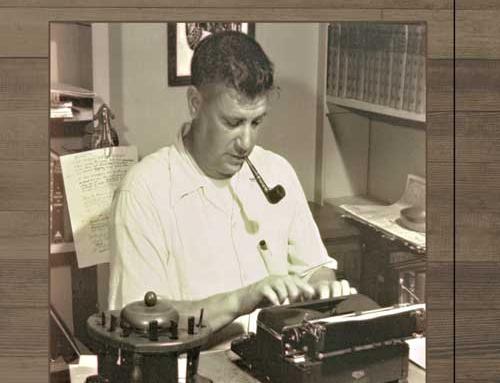No small target at six-foot-two, young Sam Houston wasn’t thinking about getting hit. He was thinking about getting even. Running through a hail of musket balls, spears, and arrows, he and his fellow soldiers of the elite 39th U.S. infantry unit sprinted toward an eight-foot-tall barricade. Behind it was an army of Creek Indians who had massacred three hundred men, women, and children at a Mississippi Territory stockade town called Fort Mims seven months earlier. Now, on the night of March 26, 1814, General Andrew Jackson and 3,300 regular soldiers including young Sam Houston discovered the Creek’s main camp, at Horseshoe Bend and gained revenge for the Fort Mims massacre.
The first man over the barricade took a bullet to the skull and fell back lifeless. Just behind him, Sam Houston never wavered.
As the second man to top the wall, Houston did not hesitate. Waving his sword, he called for his men to follow. He immediately drew enemy fire, and he leapt to the ground inside the Creek fort, an arrow plunged deep into his upper thigh. Houston refused to be turned aside. Despite the pain, he remained standing, fighting on with the shaft of the arrow protruding from his leg.
At Sam Houston’s order, another lieutenant tried—but failed—to pull the arrow from his thigh. At Houston’s insistence, the officer yanked a second and third time. Finally the barbed arrowhead tore free, releasing a gush of blood and opening a deep gash.
Most men would have been done for the day and, after a surgeon field dressed his gaping wound, Houston rested. When General Jackson came to check the wounded, he recognized the young man who had helped lead the charge and honored him for his bravery—but he also ordered Houston out of the fight.
A short time later, when Jackson called for volunteers to storm a last Creek stronghold built into a ravine, Houston got to his feet and grabbed a musket. Limping and bloodied, he charged. When he stopped to level his gun, musket balls smashed into his right shoulder and upper arm, and his shattered limb fell to his side. Houston barely managed to make his way out of the range of fire before collapsing to the earth.
In the hours that followed, the Creek were finally routed; hundreds of fighters lay dead. Fort Mims had been avenged, and the British deprived of a key ally in their attempt to destroy the young United States during the War of 1812. But Houston had paid a high price for his part in this victory.
After Houston was carried from the field, a surgeon removed one of the musket balls but halted the procedure before digging deeper to extract the second lead projectile. In the cold triage of the battlefield, he saw no reason to inflict more suffering. In his judgement, this man would not survive the night. Houston would spend “the darkest night of [my] life” on the damp ground, alone and “racked with the keen torture of . . . many wounds.” But he lived to see the dawn. Houston would carry to his grave the musket ball fragments in his shoulder, and the wound on his thigh never entirely healed.
Sam Houston suffered wounds that left him unable to defend his young country. He recognized how fragile both his own life and his country were. And he learned a key lesson about war: Courage must be calculated, because courage without calculation could get you killed. Some 20 years later, his courage and calculation resulted in one of the most famous victories in American history.
In March 1836, in an episode well-known to most Americans, the Mexican army led by General Santa Anna massacred more than 200 Texans trapped at the Alamo, including Jim Bowie and Davy Crockett.
When news came that the Alamo had fallen, General Houston ordered his army of Texans to retreat as Santa Anna’s forces advanced. This strategic retreat enabled Houston to better prepare his soldiers for battle, and on April 21 the Texans caught Santa Anna’s troops in a surprise attack along the San Jacinto River. The stunning victory over the army that had massacred the Alamo defenders led to Santa Anna’s capture and surrender. The fight for Texas Independence had been won!
As a result of Houston’s great hero victory, he served two terms as president of the Republic of Texas. Later the capital of Texas was named for him.
A new generation of readers will thrill to author Brian Kilmeade’s riveting account of this great victory.
For more information about these books, contact the Jesse Stuart Foundation at 4440 13th Street in Ashland at 606-326-1667 or email jsf@jsfbooks.com.
By James M. Gifford
JSF CEO & Senior Editor



